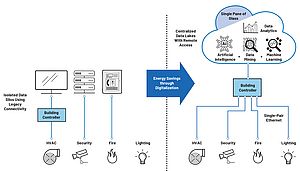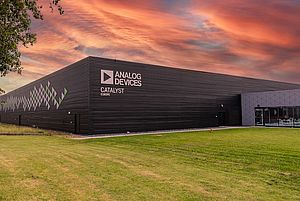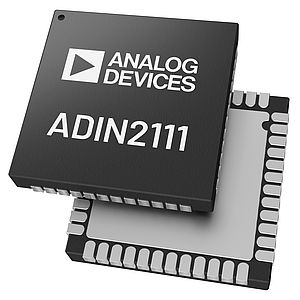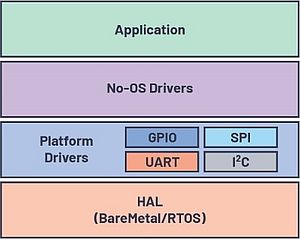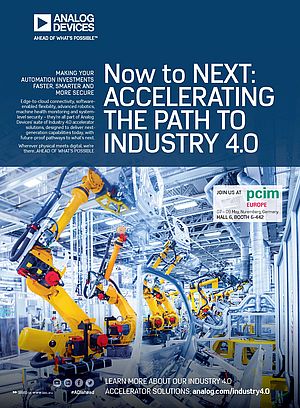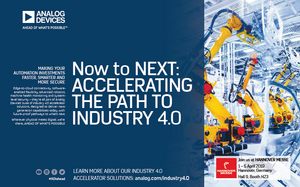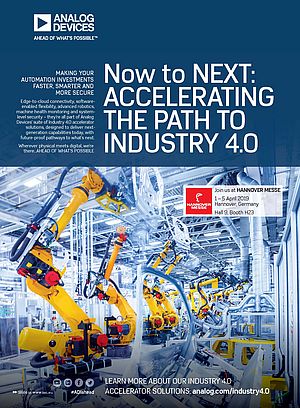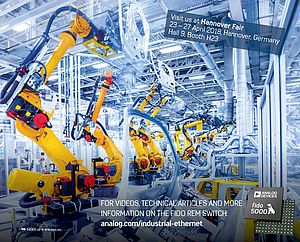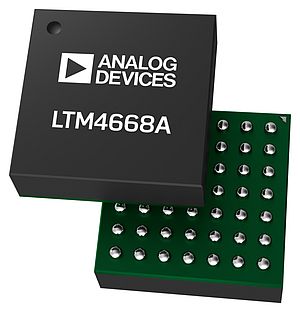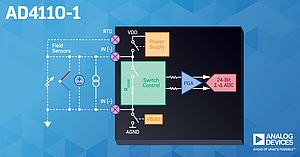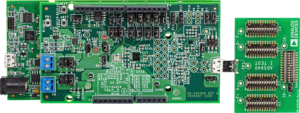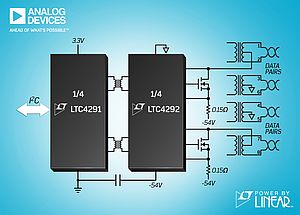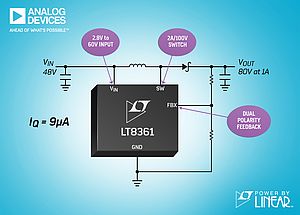Many analysts agree—the next industrial revolution is already upon us, driven by growth in Industry 4.0 and autonomous systems. The push to more efficient use of materials and labor in this next age of industrial discovery requires that the underlying technology continue to evolve at a rapid pace.
Automated and autonomously acting robots, vehicles, and drones, which are tightly integrated into manufacturing, mining, farming, and logistics processes, are critical pillars of the ongoing industrial revolution.
To achieve the required levels of system performance expected from autonomous applications, equipment needs to both perceive and navigate its environment. It can accomplish these goals with the help of sensing modalities whose outputs are fused and interpreted by traditional, AI, or machine learning-based algorithms. Reliability and availability are the biggest associated challenges requiring the implementation of multiple sensor technologies in parallel, with the end goal of improving safety, efficiency, cost, and flexibility.
Autonomous systems rely heavily on high fidelity data collected by fused sensing modalities to inform AI and algorithms. Among the most commonly accepted sensors in the industry are radar, LIDAR, vision, ultrasound, and inertial sensors. The table here highlights the benefits and limitations to each perception sensing modality and the need for multiple sensors in a system.
Perception Sensing: Giving Machines Sight
The challenges of Industry 4.0 are diverse. Limited space and autonomously acting machinery (robots, cobots, etc.) paired in hostile environments require radar technology that’s smaller in size, more accurate, and capable of measuring nearby targets. Imaging and classification of surrounding areas is essential to efficiency, productivity, and safety.
Driven by the latest advances in RF transceiver IC technology, radar is quickly becoming one of the important sensor technologies for perception applications. One example is 77 GHz fully integrated all-digital transceiver MMICs. High speed and linearity FMCW chirps combined with high output power, low noise transmit and receive channels, and MIMO antenna arrays now enable high performance, high resolution radar systems at reasonable cost. Radar-based digital beamforming enables detection of radial velocity, angle, and distance to multiple targets under the harshest environmental conditions—it’s key for the safe and efficient interaction of robots, cobots, and AGVs in dynamic environments.
Operating in the terahertz frequency range, LIDAR systems achieve fine angular resolution that translates into high resolution depth maps. With these high-res depth maps, a LIDAR system can classify objects to fuse with vision, IMU, and radar information to make reliable, mission-critical decisions. LIDAR systems are designed to work in dynamic environments, such as outdoors in bright sunlight.
Numerous challenges must be overcome to encourage the mass adoption of LIDAR systems. These include complex and costly signal chains, optical design issues, and system test and calibration.
Navigation Sensing: Giving Machines Feeling
As sensors proliferate on industrial machines, and the data available from them becomes richer, the significance of their location and relative motion increases as well. Autonomy often relates to mobility, and thus pinpointing a vehicle’s position, guiding a machine’s movement, and precisely steering their instruments are key enablers. Detecting such motion with precision allows more difficult and valuable application usage, where safety and reliability are demanded as well. The smart farm, for instance, is challenged to continually increase efficiencies in crop management, and locating instruments to within centimeters is the primary driver in conserving inputs and maximizing outputs.
One approach to autonomous navigation is to leverage GNSS location services, which, while being ubiquitous, are also vulnerable to signal disruption. Full autonomy requires unrestricted operation, with no threat of blockage or temporary disruption. Inertial sensors offer a complementary motion measurement, free from disruption and the need for external infrastructure. A combination of linear and rotational sensors, on all three axes, is typically combined into a six degrees of freedom inertial measurement unit (IMU).
A special class of inertial sensors are necessary to resolve the accuracy of centimeter level positioning, or one-tenth of a degree of pointing angles. The output of consumer-level IMUs drift very quickly even in benign environments. They are not able to distinguish wanted motion from other error sources, including vibration and cross-axis disturbances. High performance inertial sensors have high stability in the range of 1°/hour, employ special sensor architectures to reject linear-g errors, and have been calibrated to compensate for temperature and alignment disturbances. This precision motion capture is done at 10× to 100× higher rates, compared to GPS and perception sensors, and thus is best able to replace the human instinctive motion sensing relied on in nonautonomous machines.
The growth of this industrial revolution is dependent on the evolution of the underlying sensing technology supporting autonomy. The capability that radar, LIDAR, and cameras possess to precisely detect and classify objects at both short and long range will enable autonomous industrial vehicles to effectively see much like a human operator.
By Andreas Parr, Senior Marketing Engineer Business Development, Bob Scannell, Product Marketing Manager, and Sarven Ipek, Marketing Manager at Analog Devices





